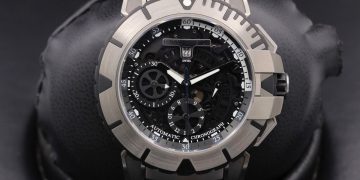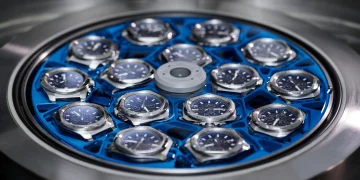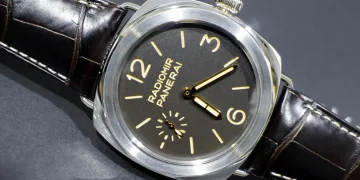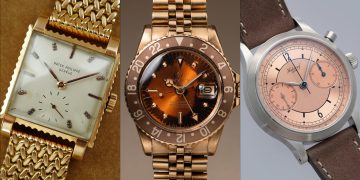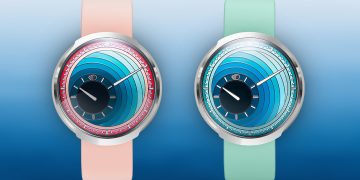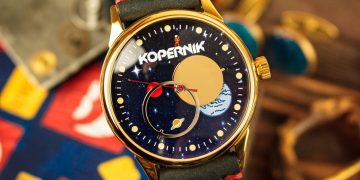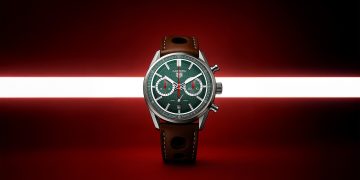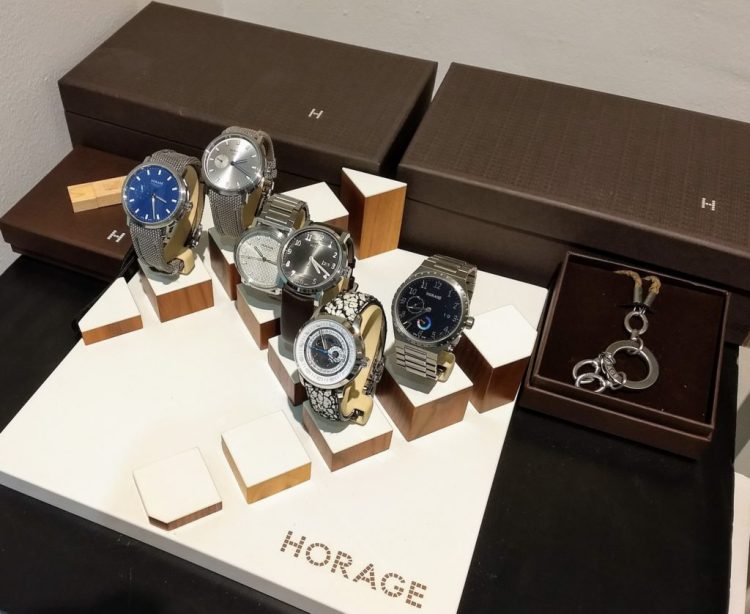Introduction:
When it comes to purchasing a luxury watch, consumers often face the assumption that a higher price tag equates to superior performance, craftsmanship, and accuracy. Many watch enthusiasts believe that paying a premium for a timepiece guarantees top-tier features, precision, and longevity. However, the question arises: Does the high price of a watch truly correlate with high performance?
In this article, we will explore the relationship between price and performance in the watch industry. We will look at the factors that contribute to the price of a watch, assess whether a higher price guarantees better performance, and consider if some high-end models justify their cost or if they are simply priced for brand prestige.
1. Understanding the Factors That Contribute to a Watch’s Price
To assess whether the high price of a watch correlates with high performance, we first need to understand the factors that contribute to its cost. Watch prices can vary dramatically, from budget-friendly timepieces to high-end luxury models that cost tens of thousands of dollars. The price is influenced by several factors, including:
1.1 Craftsmanship and Materials
High-end watches are typically handcrafted with premium materials. Luxury brands use metals like platinum, 18k gold, and titanium, and often employ sapphire crystal for the glass face, which is known for its scratch resistance. The quality of the materials used directly impacts the price, as these materials are expensive to source and process. Additionally, the time and skill required to assemble a watch by hand can significantly increase its cost.
For example, Patek Philippe is renowned for its meticulous craftsmanship, where the intricate finishing of each movement and the delicate detailing of the case can take weeks, or even months, to complete. These highly labor-intensive processes contribute to the high price of the watch, but do they necessarily result in better performance?
1.2 Movement and Technology
The heart of any watch is its movement—the mechanism that powers the timepiece. Mechanical movements are more labor-intensive and expensive to produce compared to quartz movements. In high-end models, intricate mechanical movements such as tourbillons, chronographs, and perpetual calendars are often featured. These movements require highly skilled watchmakers and precise engineering, which can drive up the price.
Brands like Audemars Piguet and Jaeger-LeCoultre are known for their high-performance movements, often offering exceptional features and precision. Some watches also incorporate innovative features like smartwatch technology, but these watches may still carry a premium price due to the brand reputation and technological integration.
1.3 Brand Prestige
A significant portion of a watch’s price often comes from its brand reputation. Luxury brands like Rolex, Omega, and Richard Mille are priced partly because of their history, exclusivity, and the high status associated with wearing their timepieces. The name itself can add significant value to the watch, and this brand prestige can justify a higher price in the eyes of consumers, even if the performance or materials don’t always surpass those of lower-cost options.
In some cases, the association with a prestigious brand elevates the perceived value of the watch, making it a status symbol more than just a timekeeping tool.
2. Price vs. Performance: The Key Question
Now, let’s examine whether the high price of a watch is truly indicative of high performance. When evaluating performance, there are several key factors to consider:
2.1 Accuracy and Precision
The primary function of any watch is to tell time accurately. While mechanical watches are revered for their craftsmanship, they generally do not offer the same level of precision as quartz or atomic watches. A high-end mechanical watch, for example, may deviate by a few seconds a day, whereas a quartz watch can be accurate to within a few milliseconds over the same period.
Grand Seiko is often praised for its precision and craftsmanship in mechanical timepieces, with models like the Spring Drive offering incredibly accurate timekeeping, rivaling that of quartz watches despite being mechanical. In this case, the higher price reflects the meticulous movement and the advanced technology used in the watch. However, does this performance necessarily warrant the significant price difference compared to a quartz watch that can offer similar accuracy for a fraction of the cost?
2.2 Durability and Longevity
High-end watches are often built with exceptional durability in mind. Premium models are typically resistant to water, shock, and other environmental factors, which can increase their long-term performance. However, the performance of a watch can also be influenced by how well it is maintained. A Rolex Submariner, for example, is known for its robustness and ability to withstand extreme conditions. But even the most durable mechanical watches require proper care and servicing, which can add to the cost over time.
Casio G-Shock, a much more affordable brand, offers exceptional durability and shock resistance, making it an excellent option for those who need a rugged timepiece. In terms of performance, the G-Shock holds its own against luxury brands at a fraction of the price. This raises the question: Does paying more for durability always guarantee better long-term performance, or can an affordable model like the G-Shock offer a similar level of toughness?
2.3 Complications and Features
High-end watches often feature complications—functions that go beyond the basic task of telling time. These may include features like a chronograph (stopwatch function), moonphase displays, perpetual calendars, or tourbillons. While these features are technically impressive and highly valued by horology enthusiasts, they do not necessarily translate into superior performance in practical terms.
For example, a Patek Philippe Grand Complication watch with a tourbillon is a marvel of mechanical engineering, but the tourbillon itself is not necessarily needed for accurate timekeeping. In contrast, a basic watch with a simple quartz movement can provide comparable or even better precision for daily wear without the added complexity and cost.
3. The Value of Brand Prestige
As previously mentioned, a significant part of the price of a luxury watch comes from its brand prestige. Consumers often associate high prices with high performance, especially when the watch is produced by a renowned brand. However, this perception is not always aligned with the actual performance of the watch.
For instance, Rolex is synonymous with high quality, but its performance may not always exceed that of other high-quality, less expensive watches. A Seiko Presage or Omega Seamaster can offer impressive mechanical movements, design, and craftsmanship at a lower price compared to a Rolex, yet the performance may be just as good.

4. The Consumer Perspective: Value Beyond Performance
While some consumers prioritize performance above all else, others place a greater emphasis on the emotional and personal value a high-end watch brings. For many, the price of the watch is justified not by the raw performance, but by the experience of owning a timepiece from a prestigious brand. The status symbol effect, emotional satisfaction, and sense of accomplishment associated with owning a luxury watch often outweigh any performance-based arguments.
Additionally, collectors might value the heritage, craftsmanship, and exclusivity of a timepiece more than its day-to-day performance. For example, a vintage Rolex or Patek Philippe may have historical value and a story behind it, making the high price tag worthwhile for the collector, even if the performance is not vastly superior to other brands.
Conclusion: Does High Price Guarantee High Performance?
In conclusion, the relationship between the price and performance of a watch is not always as direct as many believe. While high-end watches often offer exceptional craftsmanship, durability, and innovative features, performance, particularly in terms of accuracy, can often be matched by more affordable models. The price of a watch is influenced by factors such as brand prestige, materials, and craftsmanship, which may not always correlate with a significant improvement in performance.
Ultimately, the true value of a watch depends on the buyer’s preferences. For some, paying a premium for a luxurious timepiece is about more than just performance—it’s about the experience, exclusivity, and emotional connection to the brand and its legacy. For others, performance, reliability, and practicality take precedence, and they may find similar functionality in more affordable models.
Whether high prices are justified depends on what the consumer values most in a watch—whether it’s performance, craftsmanship, or status—and how these elements align with the price.



